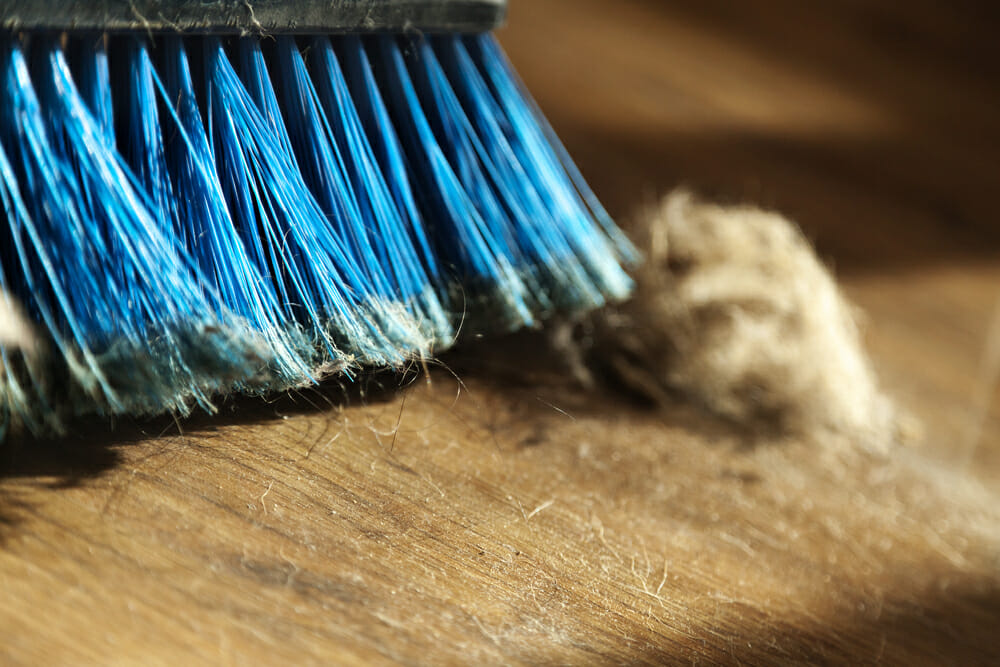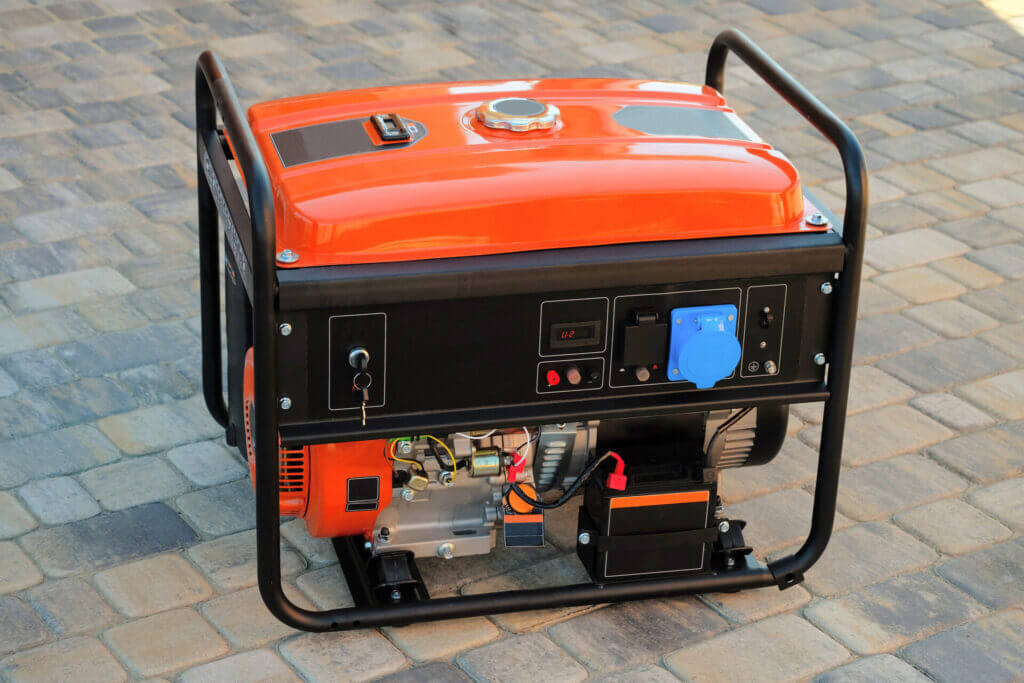Are you doing an HVAC project?
Modernize can pair you with three to four pros in your area, so you can compare options and save time and money.
We hear about the air quality outside all the time. But what about the pollution inside your home? While you may not exactly have a smokestack in your living room, dust, pet hair, tracked-in pollen and other irritants can affect the purity of the air indoors. And surface treatments, like paints, sealants, flame-retardants, and other products, may vaporize potentially dangerous chemicals throughout the interiors. Then there’s the mold—a damp or otherwise mold-infested home can put your whole household at risk. With a little regular maintenance, however, you can circumvent most of these problems. Read on to find out how you can breathe easier in your home.
Your HVAC Filters Affect Air Quality
Just like your car needs a regular oil change, your heating and air conditioning work better with a little routine upkeep. You’ve probably heard it said before, but your HVAC’s filters can really affect your system’s performance—and the air quality in your home. There’s a reason they call them filters, after all.
A high quality filter can capture some 99 percent of all airborne dust particles in the air. However, if you don’t replace it frequently enough, dirt, dust, and other pollutants can build up and cycle back into your home through the ducts and registers. That means you’re basically just distributing them all over the house every time you turn on the heat or AC. To keep the air clean and breathable, switch out your filters at least once every six weeks—or once a month during the winter and summer.

VOC-laden Products May Release Chemicals
VOCs—also known as volatile organic chemicals—are the name given to a wide range of chemical compounds that off-gas into the air. Certain VOCs in small quantities are not necessarily harmful (for instance, basil releases VOCs when crushed), but they come in huge doses in residential interiors, due to their high presence in home products. And many of these VOCs, like those in paints, furnishings, carpeting, wood sealants, and some cleaners and air fresheners, have been linked by some studies to harmful conditions like asthma, nervous system disorders, and cancer.
While it would be very difficult to completely eliminate VOCs from your household, you can reduce the presence of some of the more hazardous types. For instance, when painting, go for Low-VOC or VOC-free products. That will help you limit a handful of potentially toxic substances, like toluene, xylene, ethyl acetate, formaldehyde, methylene chloride and glycol. You can also provide some relief by paying special attention to new furnishings. Look for furniture made out of real wood, rather than plywood or pressed fibers. When you purchase a new piece, let it off-gas outdoors for a few hours before you bring it into your home.
Humidity Plays a Role in Home Health
High humidity can do more than just make your hair curl. Condensation and dampness in your home offers the perfect breeding ground for mold and mildew, and that can really hurt your air quality.
Of course, the most likely place for mold is the shower. But ceiling leaks, plumbing problems, and condensation from a dripping HVAC unit can also breed mold. And when left unchecked, mold problems can grow inside the walls or under floorboards undetected. Not every type of mold is toxic, but those that are can cause grave health issues. Generally, a musty, damp, mildewy smell is one of the best indicators of a mold problem, if you can’t see the spots with the naked eye. But you can purchase testing kits, available at most home improvement stores. If the mold spans an area larger than three square feet, however, consult a professional remediation service before continuing.
The best way to beat mold is to stop it before it starts. To prevent problems down the line, regularly inspect your AC unit and ducts for water that might have gathered due to condensation. Also check your pipes for small leaks, or have a ceiling inspector out if you suspect you might have a problem with your roof. Ceiling leaks can drip into walls undetected, so it’s not a bad idea to have them checked. You can also keep your shower free and clear by wiping the walls down with a towel after you use it.
Find the Right Contractor for Your HVAC Project
Whether you’re ready to begin your project now or need some expert advice, our network of contractors are here to help. With a few simple questions, we’ll find the best local professionals for you
A dehumidifier installed on your HVAC system might also be a good idea. Keep in mind that high humidity also helps disperse harmful VOCs in your home, so keeping the moisture low is helpful in more than one way.
Cleaning Surfaces Regularly Keeps Dust from Building Up
No one wants to hear that they need to do more cleaning. But HVAC units can stir up dust standing on bookshelves, in closets, and other low-traffic areas, particularly if you haven’t used the heat or AC in a while. And many people find dust to be an allergen, adding up to watery eyes, sneezing, and asthma flare-ups.
Regular dusting with a microfiber cloth picks up more of these problem irritants. A vacuum fitted with an HEPA filter may also help. These high quality filters use a layer of glass fibers to trap smaller dust particles that regular vacuums may miss. Most catch upwards of 95 percent of dust, in fact. That definitely clears the air!
Better Ventilation Can Also Help
Airing the house out isn’t just some old-fashioned notion. Air circulation and ventilation allows harmful irritants to make their way outside, where they won’t bother you or your family. Turn on your ceiling fans frequently (or, if you don’t have any, purchase a large standing fan) to keep the air flowing in your abode.
Also open your windows regularly to increase ventilation. If certain rooms feel stuffy, you may also need to purchase new window models with higher U-factor ratings, which can bring fresh air into your home. One small caveat, however: if you live in a densely-populated urban area, outside air quality may not be all that good. If you open your windows in your city home, you could be making the interior air worse by allowing polluted air to flow in. In this case, a better solution may be a fan and an air purifier.
And So Can Door Mats
One frequently overlooked source of airborne irritants is on our feet. We often track in dust and pollen on our shoes when we come in from the outdoors. Just placing a mat at the entrance can improve air quality by leaving these particles by the door.
With a little attention and TLC, it’s easy to improve home air quality. So take a deep breath, and get started!
Find the Right Contractor for Your HVAC Project
Whether you’re ready to begin your project now or need some expert advice, our network of contractors are here to help. With a few simple questions, we’ll find the best local professionals for you
Reviews from Real Homeowners
Welcome to Homeowner Resources! We are the Modernize blog. Modernize pairs more than 3 million homeowners a year with pre-vetted contractors in their area. This blog started because we believe homeowners should know everything about their homes, from how their HVAC works to which front door colors they might love. On Homeowner Resources, you can find information on every part of your home, right down to how you can negotiate with contractors to get the best price. Here's more about the blog.
Need a contractor? Learn more about how Modernize finds the right pro for you.



